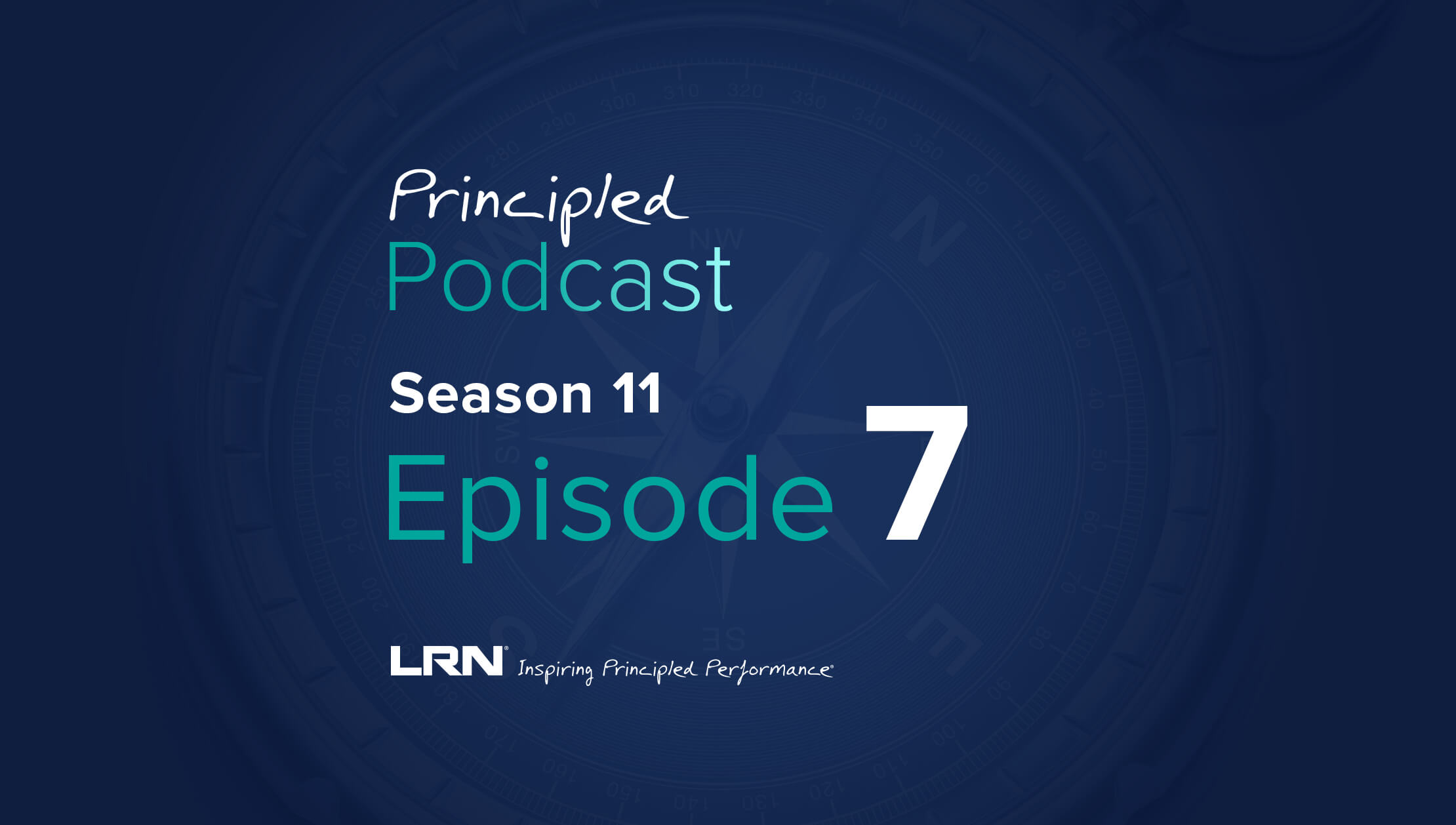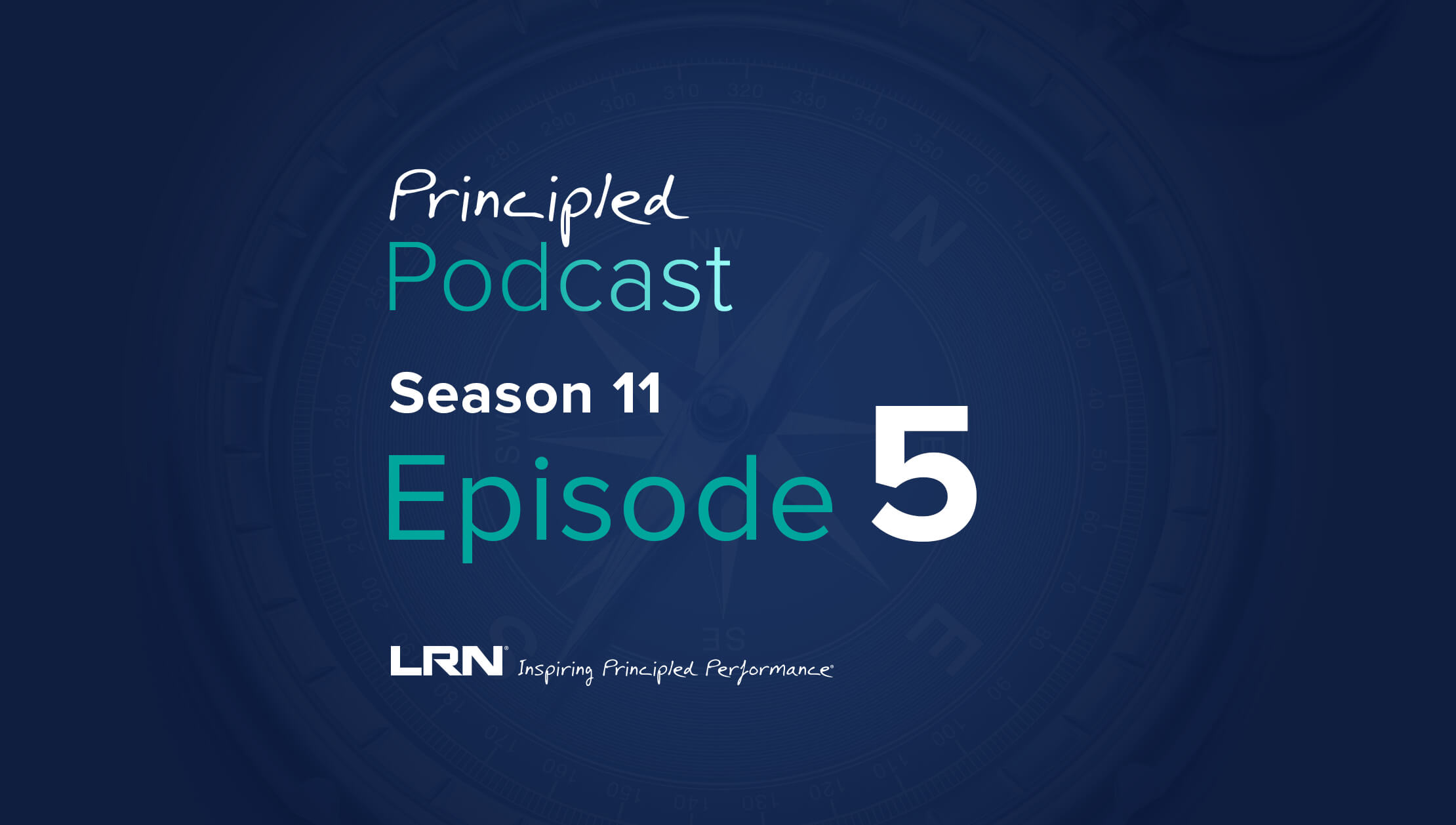We’ve been writing a lot about LRN’s 2020 Ethics & Compliance Program Effectiveness Report, and for good reason: It serves as a barometer for how far along an organization is in operationalizing its E&C program.
But what is the PEI Index? How are scores calculated? What are the underlying principles that form the basis of the measurements used in the index? Another way of asking: Just how deep are the roots of your E&C program?
Three areas of workplace behavior are measured by the index. They are:
- How much freedom do employees have to speak up and contribute ideas?
- Is everyone in the organization, including senior executives and top performers, held to the same standards?
- Do employees make decisions based on the company’s values, or on what it fastest or easiest to do?
Organizations are asked to evaluate their programs on eight statements, using a five-point scale of “almost always;” "often;" "sometimes;" "rarely;" and "never." They are:
- High performers who violate the code of conduct or values face disciplinary action.
- Managers never act as if they are above the rules.
- Employees trust their leaders consistently make values-based decisions.
- Even under pressure, people abide by the organization’s values and standards of conduct.
- Employees speak up or speak out during team meetings, even when their manager is present.
- Employees question decisions when they conflict with the organization’s values.
- Employees do the right thing, even if it’s not in their personal best interest.
- Employees are comfortable skipping levels or going to a level above their direct boss to raise ethical concerns.
Responses are combined and averaged to generate an overall score for each organization--this year, around 500 answered. LRN analyzed the scores across quintiles, using “A,” “B,” “C,” “D” and “F” grades to promote clarity.
Organizations that score 96% or above get an “A”; those ranging from 87 to 95 get a “B”. Performers in those two groups are seen as having high-impact E&C programs. A “C” grade encompasses scores between 81 and 86. A D goes from 74-80, while an F is below that. The bottom two grades indicate a program is low-impact.
Significantly, the highest-quintile organizations reported greater success in operationalizing their ethics and compliance programs in light of the U.S. Department of Justice’s revised 2019 criteria, and this is discussed in the report.
One section of the DOJ looks at how well a program is designed, but the most weight is placed on two other sections: Is the program being implemented effectively? Does the program work in practice?
The DOJ specifically asks how often and what means an organization uses to measure its ethical culture. The PEI report identifies what best practices the most effective programs use to implement regulators’ criteria and create an ethical culture, to establish a program that makes principled performance not just a goal but an outcome.



